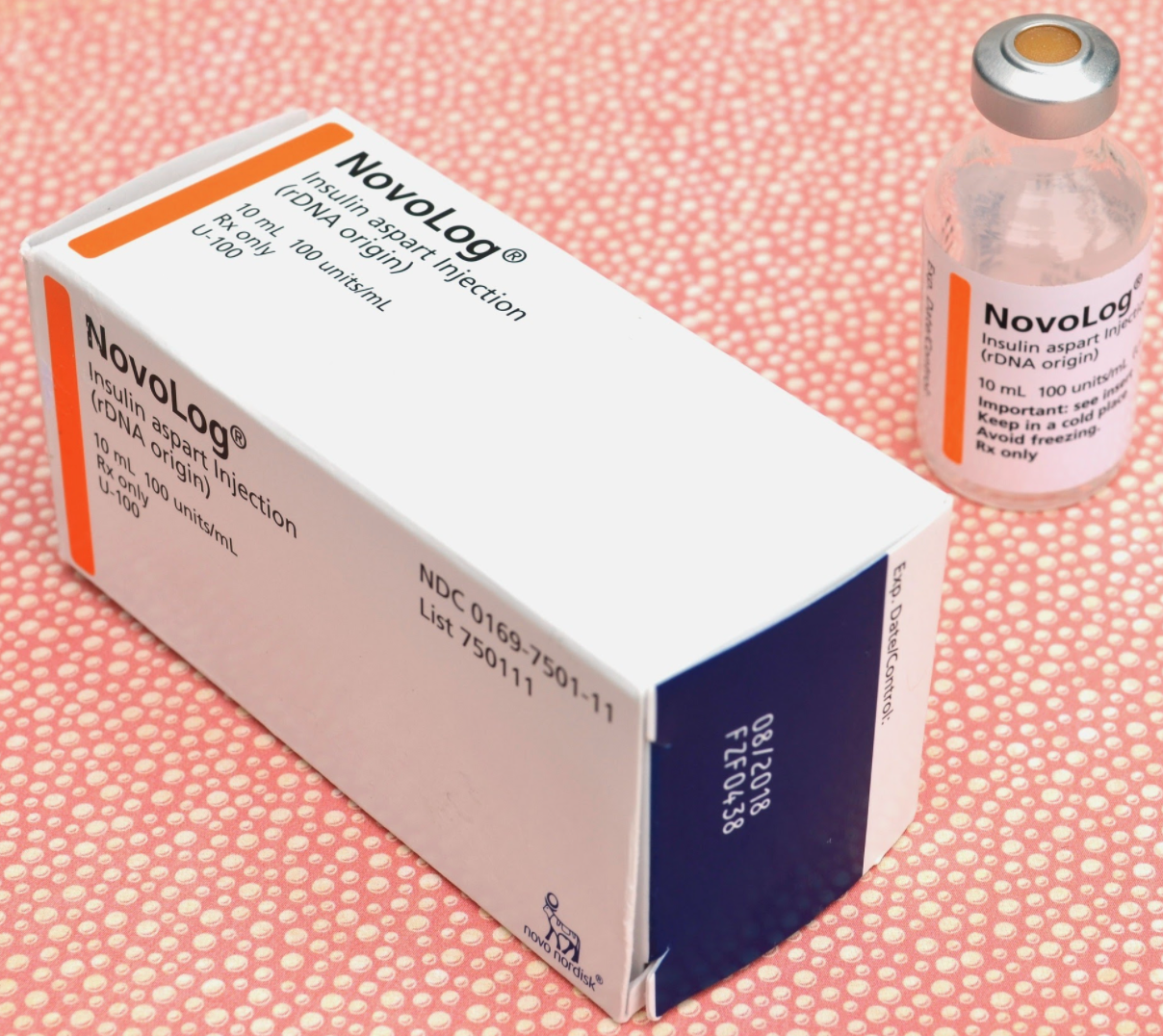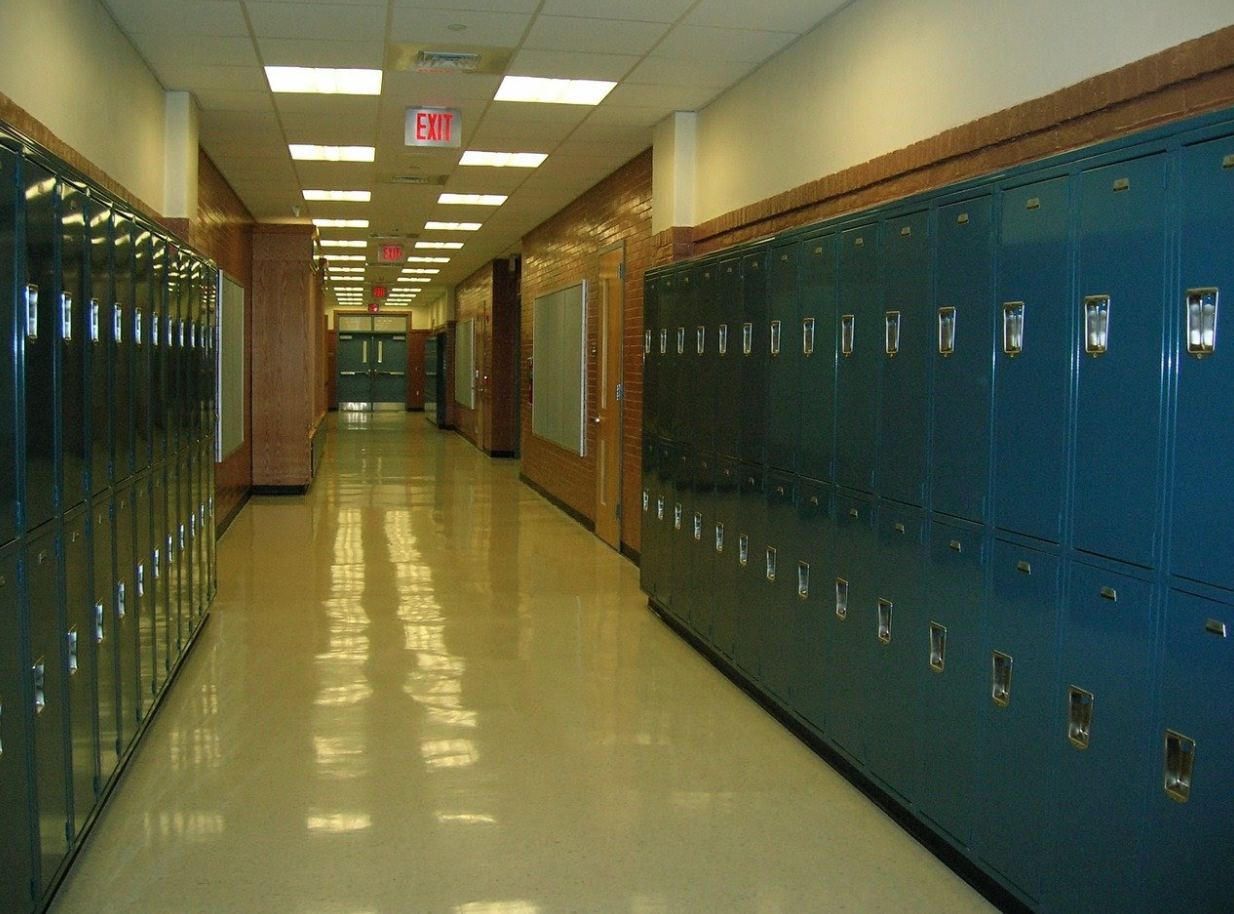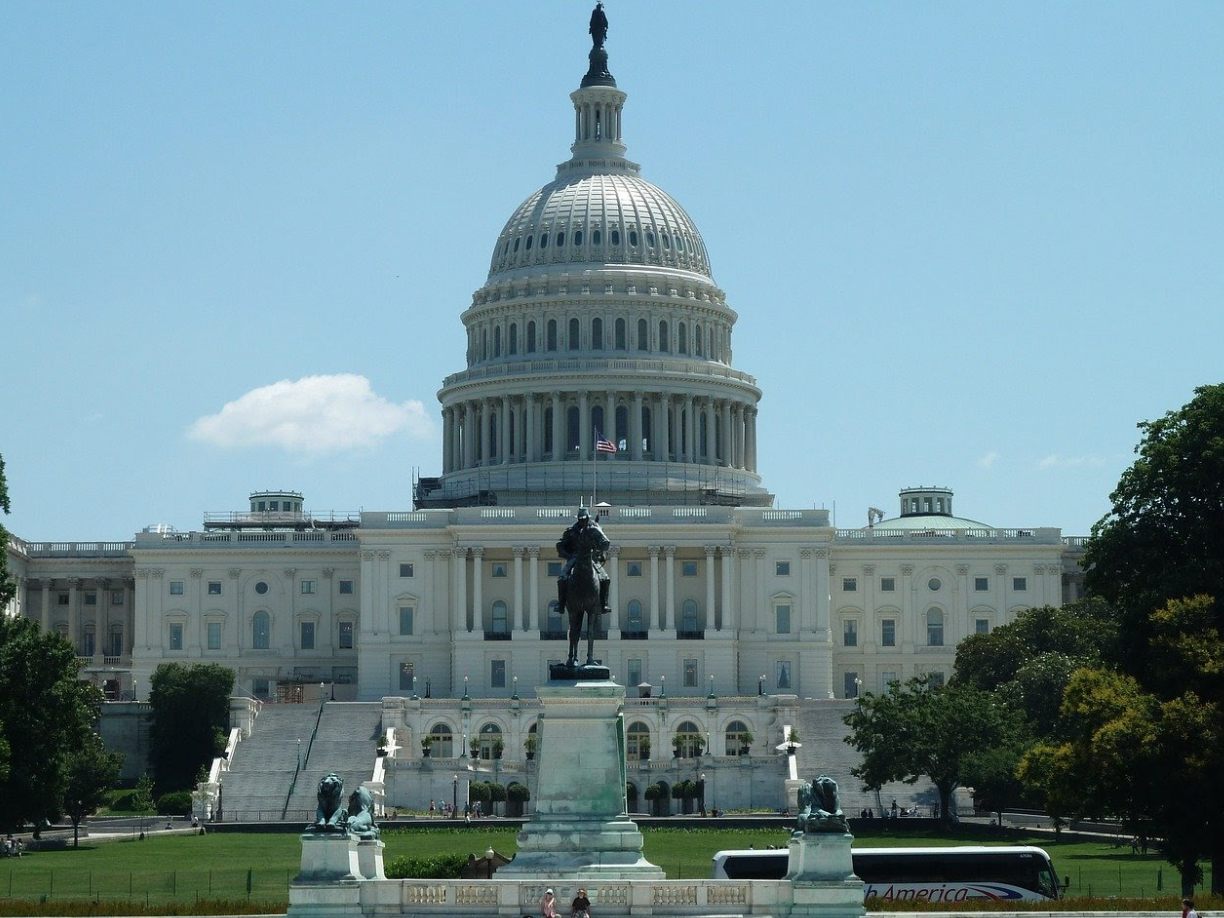
Unit 6 Overview: Market Failure and the Role of Government
6 min read•december 23, 2022
dylan_black_2025
dylan_black_2025
Unit 6 Overview: Market Failure and the Role of Government

Have you ever been on a long trip with a group of people? Everyone is having fun and singing songs, and then you start regretting the numerous energy drinks🥤you drank thirty minutes ago. “Hey, can we pull into the next gas ⛽️ station? I really have to go.”
The group agrees that this is a wise choice, and you pull into the station to use the bathroom. The best way to describe the state of the bathroom🚽 is OMG!! or the scream emoji! Here’s the thing. The people before you have clean bathrooms at home, yet they will destroy a public restroom. Have you ever wondered why? Why are you more likely to litter in a public place than your own house? Why are corporations and countries willing to dump their trash into the ocean and not in their own land? Why aren’t companies willing to give out cancer treatment 💊 for free? Unit 6 is all about when the free market fails to produce at the socially optimal levels. When the market fails, who comes to the rescue? The Government, which taxpayers fund (i.e., you!).
⚠️ Warning: There is a substantial economic debate about how much the government should be involved in , with some arguing the government should never intervene at all. Brilliant people are looking at the same data and coming up with very different theories and conclusions. The good news for you is that the AP® exam will not ask you about the “shoulds” or anything about your opinion about this economic debate, so if you’re pressed for time, focus on the objective bits. If you want to see what all the fuss is about, here’s an earworm 🐛 of a song that gives a good breakdown of two sides: Emergent Order- Fight of the Century. Otherwise, focus on the “hows” of this section and save the ponderings of what should be for university 🎓
6.1 Socially Efficient and Inefficient Market Outcomes

In Unit 6, we need to distinguish between what is good for an individual and good for a group of individuals. We’ve been looking at individuals and businesses for Units 1-5. Here is where the Micro curriculum starts overlapping a tiny bit with Macro because we are now adding the OG into the mix: the government.
In 6.1, you will learn how efficiency in a market can be applied to society in what we call . In a completely free market, the amount made of a specific good or service (the ) will be where the marginal social benefit (MSB) of consuming the good meets the marginal social cost (MSC) of producing the good. This sounds logical and fair, right? A society should produce where demand equals supply.
Now, let’s look at an actual product, insulin. The price for insulin without insurance in the USA can run from $100 to $250 a vial. What happens to a person who cannot pay that price? When we look at the demand curve made from the MSB, we are tempted to forget that the data points on the bottom half of the demand curve of MSB are people who would be willing and able to demand insulin at a lower price. The/ market does not allocate life-saving medication to them unless they can pay for the drug. Yet, if we decrease the price, we will have a shortage of insulin, and if we increase the price, we will have a surplus of it.
This is one of the reasons Economics gets “the dismal science” label 🏷 We can’t have perfection. Still, we at least can aim for a socially efficient market outcome (MSB=MSC) to meet a even when it means people are left without the ability to afford a product.
6.2 Externalities

In 6.2, we take the concept of and examine what happens when a private individual (or a group of them) is not paying the full cost of their demand. It sounds complex, but you know it.
Let’s say your next-door neighbor wants to take opera lessons. They pay the voice teacher forty dollars for a two-hour lesson. This should be a fair trade, but no one seems to notice that the screeching 🗣 keeps you from working during that two hours. You will lose two hours of business for which no one will compensate you because someone else made a purchase. This is one example of a called an . The market has failed to produce the socially optimal amount of opera lessons, and now you are paying for a choice you did not have agency to make 😢
There are negative externalities and positive externalities for both consumers and producers. Be ready to identify both types for the exam. And know how to graph them!
6.3 Public and Private Goods

Another type of is . An easy example to remember is public school. Taxpayers fund public schools with money allocated by the government, but why? What would happen if the only schools around were private and funded by tuition? Many children would not be able to go to school because they would not afford it. Private schools, and every business in the private sector, can reject a student who cannot pay the tuition (exclusionary). If one person is benefiting from the education, someone else is not (rivalrous). Society benefits from more children getting an education, so the government has schools that allow you to attend even if you can’t pay taxes (non-exclusionary), and just because one person attends school it doesn’t keep out another person (non-rivalrous). Thus, the importance of public education!
6.4 The Effects of Government Intervention on Different Market Structures

What do we know about economics? For every choice, there is an . is not an exception to this rule, and many political debates are economical. For example, should citizens access the internet 📡 even if they cannot pay for it? Is having the internet that important to society? If so, how do we as a society minimize costs while still providing the producer a chance to earn a living wage? In this section, you will see how markets look at an unregulated quantity, at a fair return quantity, and a . There are pros and cons to each, and society must balance the marginal social benefits to the marginal social costs to make an informed decision.
6.5 Inequality

The very last section in AP Micro examines how we measure the allocation of a nation’s wealth. Using a , we can see the wealth of certain sections of society within a country. The shows us how wealth is distributed and allocated. The closer the coefficient is to 0; the higher the number, the fatter the banana on the . One way to redistribute wealth is through taxes: progressive, proportional, and regressive taxes.
Key Terms to Review (14)
Externality
: An externality is a cost or benefit that affects a third party who is not directly involved in the production or consumption of a good or service.Gini Coefficient
: The Gini coefficient is a statistical measure used to quantify income inequality within a country. It ranges from 0 (perfect equality) to 1 (maximum inequality), where higher values indicate greater income inequality.Government Intervention
: Government intervention refers to actions taken by the government to influence economic activities in order to achieve certain goals or correct market failures.Lorenz Curve
: The Lorenz curve is a graphical representation that shows income distribution within an economy. It compares the cumulative share of income received by different segments of society with their corresponding cumulative share of population.Marginal Social Benefit (MSB)
: Marginal Social Benefit refers to the additional benefit society receives from consuming one more unit of a good or service. It takes into account both the private benefit to individuals and any external benefits that accrue to society as a whole.Marginal Social Cost (MSC)
: Marginal Social Cost refers to the additional cost imposed on society from producing one more unit of a good or service. It includes both the private cost borne by producers and any external costs that affect society as a whole.Market Failure
: Market failure occurs when the allocation of goods and services by a free market is inefficient, leading to an outcome that is not socially desirable.Negative Externality
: A negative externality is an external cost imposed on third parties due to the production or consumption of a good or service.Opportunity Cost
: Opportunity cost refers to the value of the next best alternative that is forgone when making a choice. It represents the trade-off between different options.Positive Externality
: A positive externality is an external benefit received by third parties due to the production or consumption of a good or service.Progressive Tax
: A progressive tax is a type of tax where the tax rate increases as the taxable income increases. In other words, people with higher incomes pay a higher percentage of their income in taxes compared to those with lower incomes.Public Goods
: Public goods are goods or services that are non-exclusionary and non-rivalrous, meaning they are available to everyone and one person's consumption does not diminish the availability for others.Social Efficiency
: Social Efficiency occurs when resources are allocated in such a way that maximizes overall societal welfare. It is achieved when the Marginal Social Benefit equals the Marginal Social Cost, resulting in an optimal allocation of resources.Socially Optimal Quantity
: The socially optimal quantity is the level of production or consumption that maximizes overall societal welfare or utility.Unit 6 Overview: Market Failure and the Role of Government
6 min read•december 23, 2022
dylan_black_2025
dylan_black_2025
Unit 6 Overview: Market Failure and the Role of Government

Have you ever been on a long trip with a group of people? Everyone is having fun and singing songs, and then you start regretting the numerous energy drinks🥤you drank thirty minutes ago. “Hey, can we pull into the next gas ⛽️ station? I really have to go.”
The group agrees that this is a wise choice, and you pull into the station to use the bathroom. The best way to describe the state of the bathroom🚽 is OMG!! or the scream emoji! Here’s the thing. The people before you have clean bathrooms at home, yet they will destroy a public restroom. Have you ever wondered why? Why are you more likely to litter in a public place than your own house? Why are corporations and countries willing to dump their trash into the ocean and not in their own land? Why aren’t companies willing to give out cancer treatment 💊 for free? Unit 6 is all about when the free market fails to produce at the socially optimal levels. When the market fails, who comes to the rescue? The Government, which taxpayers fund (i.e., you!).
⚠️ Warning: There is a substantial economic debate about how much the government should be involved in , with some arguing the government should never intervene at all. Brilliant people are looking at the same data and coming up with very different theories and conclusions. The good news for you is that the AP® exam will not ask you about the “shoulds” or anything about your opinion about this economic debate, so if you’re pressed for time, focus on the objective bits. If you want to see what all the fuss is about, here’s an earworm 🐛 of a song that gives a good breakdown of two sides: Emergent Order- Fight of the Century. Otherwise, focus on the “hows” of this section and save the ponderings of what should be for university 🎓
6.1 Socially Efficient and Inefficient Market Outcomes

In Unit 6, we need to distinguish between what is good for an individual and good for a group of individuals. We’ve been looking at individuals and businesses for Units 1-5. Here is where the Micro curriculum starts overlapping a tiny bit with Macro because we are now adding the OG into the mix: the government.
In 6.1, you will learn how efficiency in a market can be applied to society in what we call . In a completely free market, the amount made of a specific good or service (the ) will be where the marginal social benefit (MSB) of consuming the good meets the marginal social cost (MSC) of producing the good. This sounds logical and fair, right? A society should produce where demand equals supply.
Now, let’s look at an actual product, insulin. The price for insulin without insurance in the USA can run from $100 to $250 a vial. What happens to a person who cannot pay that price? When we look at the demand curve made from the MSB, we are tempted to forget that the data points on the bottom half of the demand curve of MSB are people who would be willing and able to demand insulin at a lower price. The/ market does not allocate life-saving medication to them unless they can pay for the drug. Yet, if we decrease the price, we will have a shortage of insulin, and if we increase the price, we will have a surplus of it.
This is one of the reasons Economics gets “the dismal science” label 🏷 We can’t have perfection. Still, we at least can aim for a socially efficient market outcome (MSB=MSC) to meet a even when it means people are left without the ability to afford a product.
6.2 Externalities

In 6.2, we take the concept of and examine what happens when a private individual (or a group of them) is not paying the full cost of their demand. It sounds complex, but you know it.
Let’s say your next-door neighbor wants to take opera lessons. They pay the voice teacher forty dollars for a two-hour lesson. This should be a fair trade, but no one seems to notice that the screeching 🗣 keeps you from working during that two hours. You will lose two hours of business for which no one will compensate you because someone else made a purchase. This is one example of a called an . The market has failed to produce the socially optimal amount of opera lessons, and now you are paying for a choice you did not have agency to make 😢
There are negative externalities and positive externalities for both consumers and producers. Be ready to identify both types for the exam. And know how to graph them!
6.3 Public and Private Goods

Another type of is . An easy example to remember is public school. Taxpayers fund public schools with money allocated by the government, but why? What would happen if the only schools around were private and funded by tuition? Many children would not be able to go to school because they would not afford it. Private schools, and every business in the private sector, can reject a student who cannot pay the tuition (exclusionary). If one person is benefiting from the education, someone else is not (rivalrous). Society benefits from more children getting an education, so the government has schools that allow you to attend even if you can’t pay taxes (non-exclusionary), and just because one person attends school it doesn’t keep out another person (non-rivalrous). Thus, the importance of public education!
6.4 The Effects of Government Intervention on Different Market Structures

What do we know about economics? For every choice, there is an . is not an exception to this rule, and many political debates are economical. For example, should citizens access the internet 📡 even if they cannot pay for it? Is having the internet that important to society? If so, how do we as a society minimize costs while still providing the producer a chance to earn a living wage? In this section, you will see how markets look at an unregulated quantity, at a fair return quantity, and a . There are pros and cons to each, and society must balance the marginal social benefits to the marginal social costs to make an informed decision.
6.5 Inequality

The very last section in AP Micro examines how we measure the allocation of a nation’s wealth. Using a , we can see the wealth of certain sections of society within a country. The shows us how wealth is distributed and allocated. The closer the coefficient is to 0; the higher the number, the fatter the banana on the . One way to redistribute wealth is through taxes: progressive, proportional, and regressive taxes.
Key Terms to Review (14)
Externality
: An externality is a cost or benefit that affects a third party who is not directly involved in the production or consumption of a good or service.Gini Coefficient
: The Gini coefficient is a statistical measure used to quantify income inequality within a country. It ranges from 0 (perfect equality) to 1 (maximum inequality), where higher values indicate greater income inequality.Government Intervention
: Government intervention refers to actions taken by the government to influence economic activities in order to achieve certain goals or correct market failures.Lorenz Curve
: The Lorenz curve is a graphical representation that shows income distribution within an economy. It compares the cumulative share of income received by different segments of society with their corresponding cumulative share of population.Marginal Social Benefit (MSB)
: Marginal Social Benefit refers to the additional benefit society receives from consuming one more unit of a good or service. It takes into account both the private benefit to individuals and any external benefits that accrue to society as a whole.Marginal Social Cost (MSC)
: Marginal Social Cost refers to the additional cost imposed on society from producing one more unit of a good or service. It includes both the private cost borne by producers and any external costs that affect society as a whole.Market Failure
: Market failure occurs when the allocation of goods and services by a free market is inefficient, leading to an outcome that is not socially desirable.Negative Externality
: A negative externality is an external cost imposed on third parties due to the production or consumption of a good or service.Opportunity Cost
: Opportunity cost refers to the value of the next best alternative that is forgone when making a choice. It represents the trade-off between different options.Positive Externality
: A positive externality is an external benefit received by third parties due to the production or consumption of a good or service.Progressive Tax
: A progressive tax is a type of tax where the tax rate increases as the taxable income increases. In other words, people with higher incomes pay a higher percentage of their income in taxes compared to those with lower incomes.Public Goods
: Public goods are goods or services that are non-exclusionary and non-rivalrous, meaning they are available to everyone and one person's consumption does not diminish the availability for others.Social Efficiency
: Social Efficiency occurs when resources are allocated in such a way that maximizes overall societal welfare. It is achieved when the Marginal Social Benefit equals the Marginal Social Cost, resulting in an optimal allocation of resources.Socially Optimal Quantity
: The socially optimal quantity is the level of production or consumption that maximizes overall societal welfare or utility.
Resources
© 2024 Fiveable Inc. All rights reserved.
AP® and SAT® are trademarks registered by the College Board, which is not affiliated with, and does not endorse this website.